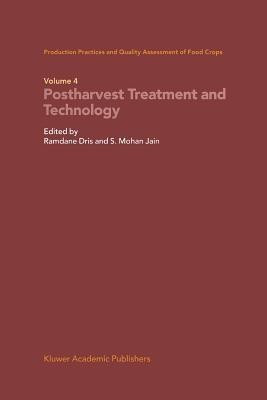Production Practices and Quality Assessment of Food Crops(English, Paperback, unknown)
Quick Overview
Product Price Comparison
We can not talk about commodity production without building up all the operations after harvest. It is possible to market the products just after harvest, but it is only possible in small quantities. Postharvest handling is the ultimate stage in the process of producing quality fresh fruits and vegetables, getting these unique packages of water (fresh commodities) to the supper table. Fresh fruits and vegetables are succeptible to a number of postharvest disease and disorders and the postharvest operations are predominately aimed at maintaining harvest quality. Every step in the handling chain can influence the extent of disease and quality of the stored product. From planting to consumption, there are many opportu- ties for bacteria, viruses, and parasites to contaminate produce or nutrient deficiency level causing physiological disorders. Most of the storage rots are diseases that have originated in the field and have carried over onto commodities after harvest. Physiological disorders also arise from poor handling between harvest, storage and marketing. Treatments have a direct effect on inactivating or outright killing germinating spores, thus minimising rots. Prestorage treatment appears to be a promising method of postharvest control of decay. Pre-or-postharvest treatments of commodities are considered as potentiel alternatives for reducing the incidence of diseases, disorders, desinfestation of quarantine pests and for preserving food quality. Postharvest treatments lead to an alteration of gene expression and fruit ripening can sometimes be either delayed or disrupted.


